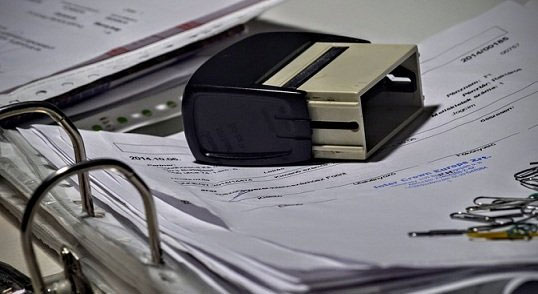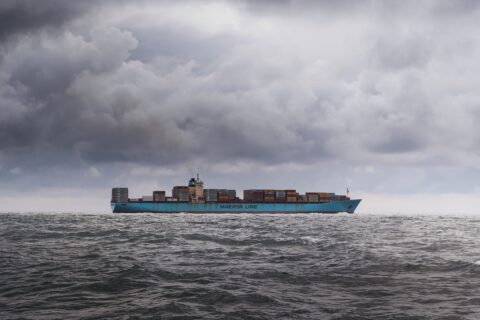
Custom clearance process is one of the most complex, or should we say a tedious process involved in international freight shipping, especially for businesses shipping in the international markets as well as for SMBs.
Here’s where a freight forwarder like ProConnect Integrated Logistics can help you with their knowledge and experience, thus sparing you from the various hassles in the process. However, if you are setting foot in the international market, it is best that you make yourself aware of the basics of the custom clearance.
What Is Custom Clearance Process?
Simply put, custom clearance process is one that allows goods to be imported or exported to a country. However, it isn’t this simple! Custom clearance process involves submitting of documents that represent the business during customs examination, assessment, payment of duty and co-taking delivery of goods from customs after they have been cleared by the customs authority.
It is important to know that the custom clearance process of every country varies, hence it is vital for you to understand the custom clearance procedure of the countries that you engage in business with.
Export and Import Custom Clearance Process Is Different
Custom clearance process for export and import are different because the rules and regulations for exporting and importing goods are different. However, if you send shipments within your own business, you can be either an exporter or an importer.
Generally, in international trading, the seller takes responsibility of the export custom clearance process and the buyer (receiver) takes the responsibility for the import custom clearance process – this majorly depends on the incoterms of a sales transaction.
Export Custom Clearance Process
The process of getting permission from the country’s government, via their customs agency, to take goods or cargo outside their region is export custom clearance. This pertains to almost all export goods, except some exempted specific goods/situations.
The export custom clearance process depends on several factors, like:
- Rules and regulations of the exporting country
- Class and type of goods that are exported
- Agreements between the trading countries
Documentation for Export Custom Clearance
There are several documents that need to be prepared in order to export your goods. Following documents are a must:
- Export declaration
- Bill of Lading (transport document)
- Commercial Invoice & Packing list
- Certificates of origin of your goods
- Insurance documents with the detailed policy description
- Export license and permit (depends on the type of goods to be exported)
- Other documents depending on the class of goods; like dangerous goods declaration, inspection certificate, consular invoices from the country of import, exchange control document proving that payments received for the shipped goods comply with the exporting country’s currency regulation
It is important to complete all the export related documents and details properly, failure to do so can result in long delays.
Import Custom Clearance Process
Import custom clearance is quite like the export custom clearance process. It is the process of getting permission from the country’s government, through their customs agency, to bring goods in the country from another country. This involves proper examination, assessment and evaluation of the goods, so that right tax amount is levied and also to ensure there is no illegal goods imported.
Each country has their own specific rules for import goods and the duty levied, so it is important to ensure you are aware of these rules and regulations. It is also good to know that small shipments may not require formal customs declarations and payment of duty – this again depends on the import country’s rules.
The import custom clearance process depends on a number of factors, like:
- Rules and regulations of the importing country
- Class and type of goods that are imported
- Agreements between the trading countries
Documentation for Import Custom Clearance
The documentation for import custom clearance is same as that for export custom clearance. Here are some other documents required:
Commercial Invoice – for customs authority to calculate the tax and duty value.
- Import Declaration
- Bill of lading
- Packing list
- Copy of import permit and/or license
- Certificate of origin (related to the country where these import goods have originated)
- Insurance certificate
- Other documents like technical write up, literature, dangerous goods declaration etc. for specific goods, if any.
Custom clearance is indeed a tedious process that could heavily impact the timeline of your shipment delivery, unforeseen delays.
ProConnect for your Custom Clearance Hassles
If you are a newbie planning to take on the international market or a SMB that caters to the international market, it is best that you leave these custom clearance hassles to the experts in the domain, ProConnect. ProConnect is an experienced freight forwarder with global reach and local know-how and ensures your custom clearance documents are just right, so that there are no delays in the process and your shipment delivery.
Know more about our custom clearance and other services, Contact Us today!





 APP DOWNLOAD
APP DOWNLOAD